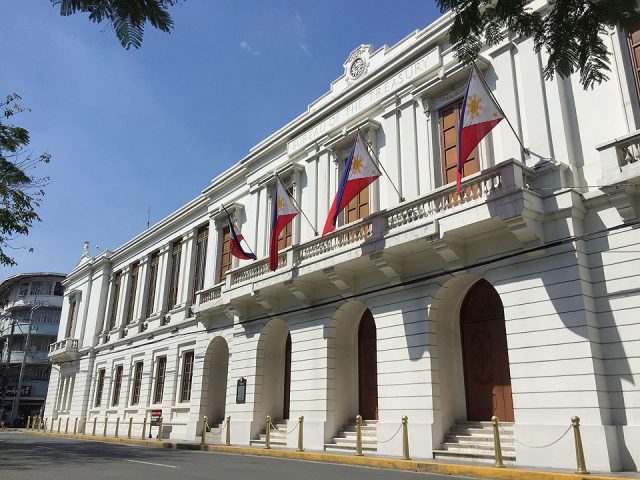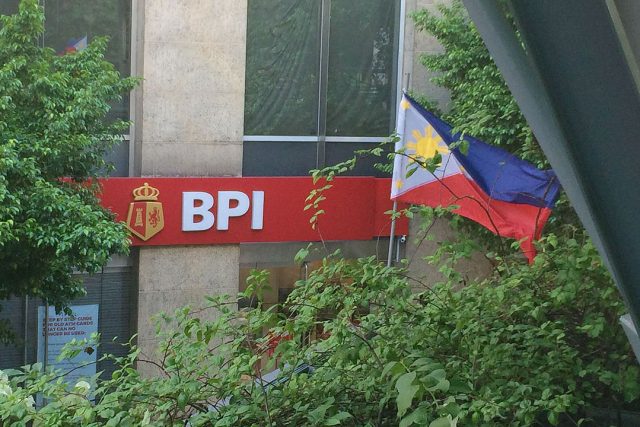A NUMBER of women-led small businesses in Metro Manila have yet to embrace environmentally sustainable practices due to lack of awareness about its benefits, as well as limited financial resources, according to a government think tank.
The awareness these micro, small and medium enterprises (MSMEs) about the circular economy is “low,” the Philippine Institute for Development Studies (PIDS) said in a study published in December.
It “translates to a low level of circularity which was ascertained through strategy and vision, business model, post-sales services, resource recovery, waste management, resource consumption and eco-design,” said PIDS, which studied 58 women-led MSMEs in the capital and nearby cities.
It also found that these small enterprises tend to work in isolation and shun collaboration and partnerships to advance the circular economy.
Despite government efforts to mainstream the circular economy — a model of production and consumption that involves reusing, repairing and recycling materials as long as possible — 32.8% of the respondents did not have an idea of its principles. Only 8.6% clearly understood the concept.
PIDS said 36.2% of these businesses had a basic understanding and were interested in learning more about the topic, while 22.4% have heard of it but lack a full understanding.
Aside from the lack of knowledge and awareness, the participants also cited limited financial resources, lack of state support and policies, lack of access to partnerships and resistance to change as the main barriers to circular economy adoption, PIDS said.
The study found that 65.5% of the MSMEs were unaware of state-led programs, while 32.8% have only heard about certain projects.
Only one enterprise claimed that it was aware of government initiatives on the circular economy, PIDS said. “This is despite the enforcement of several initiatives at the local level.”
Marikina City, which mandates business owners to attend an annual waste management seminar before being issued permits, has been enforcing a program that collects kitchen wastes from restaurants and food stalls that are used as fertilizer for the city’s urban garden.
Makati City promotes recyclable trading activities through weekend waste market programs, PIDS said.
Quezon City requires households to segregate waste and residents are encouraged to participate in a so-called ecosaver program and waste markets, PIDS said.
Still, 43.1% of the businesses said they did not receive state support, while 27.6% described government guidance as poor.
PIDS said 24.1% of the respondents gave the government an average rating, while 5.2% gave it a good rating. “No respondent characterized government support as excellent.”
The Philippine Development Plan for 2023 to 2028 considers the circular economy as key to an improved environment quality, in line with a framework to establish livable communities.
PIDS noted that while the Philippines has passed laws and enforced projects to promote the circular economy, it has yet to develop a consolidated framework.
MSMEs account for more than 99% of Philippine businesses, and a 2019 Trade department list showed women-owned enterprises make up about 60% of business name registrations in the country, the think tank said.
STATE INITIATIVES
“The promotion of the circular economy within firms and enterprises in the country is indeed a much-needed endeavor given the increasing shift towards sustainable production and consumption at both regional and international levels,” it said.
PIDS said there had been several initiatives by the government, private sector and civil society to promote the circular economy.
For one, the Global Green Growth Institute and the Philippines’ Climate Change Commission have been collaborating since 2015 to help several towns achieve economic growth while pursuing green programs.
The Trade department has also been working with the institute to advance green practices among MSMEs in the food processing sector.
PIDS said 70.7% of the respondents said they had identified potential circular economy applications, while 13.8% occasionally did.
It added that 39.7% of the businesses were totally unaware of the gains from the circular economy, while 25.9% were somewhat aware and 25.9% were insufficiently aware. Only 8.6% were totally aware.
“In addition, 44.8% of surveyed women MSMEs revealed that there is no customer demand for circular economy practices, and only 5.2% shared that there is high demand for circular products and processes,” it added.
PIDS said 89.7% of the women-led companies did not use renewable energy sources and 80.3% never enforced energy management strategies.
It added that 48.1% of the respondents implemented material consumption management strategies, while 69.3% were somewhat aware of local recycling and waste management facilities.
The think tank urged the government through the Trade and Environment departments to “focus on education campaigns and advocacies to raise the current level of awareness about circular economy principles.”
It said the state could provide incentives and business support to address their limited financial resources.
The government should also promote the circular economy among MSMEs and members of the informal sector through digital technologies and social media platforms, it said.
“It is paramount that there is a heightened level of awareness among these groups due to their substantial contribution in terms of noncircular economic activities,” it said. “They are likewise not covered by extant policies and regulations given their economies of scale and nonregistration, specifically the informal sector.”
The government should also track its progress in mainstreaming circular economy principles among companies and households, PIDS said. — Kyle Aristophere T. Atienza












